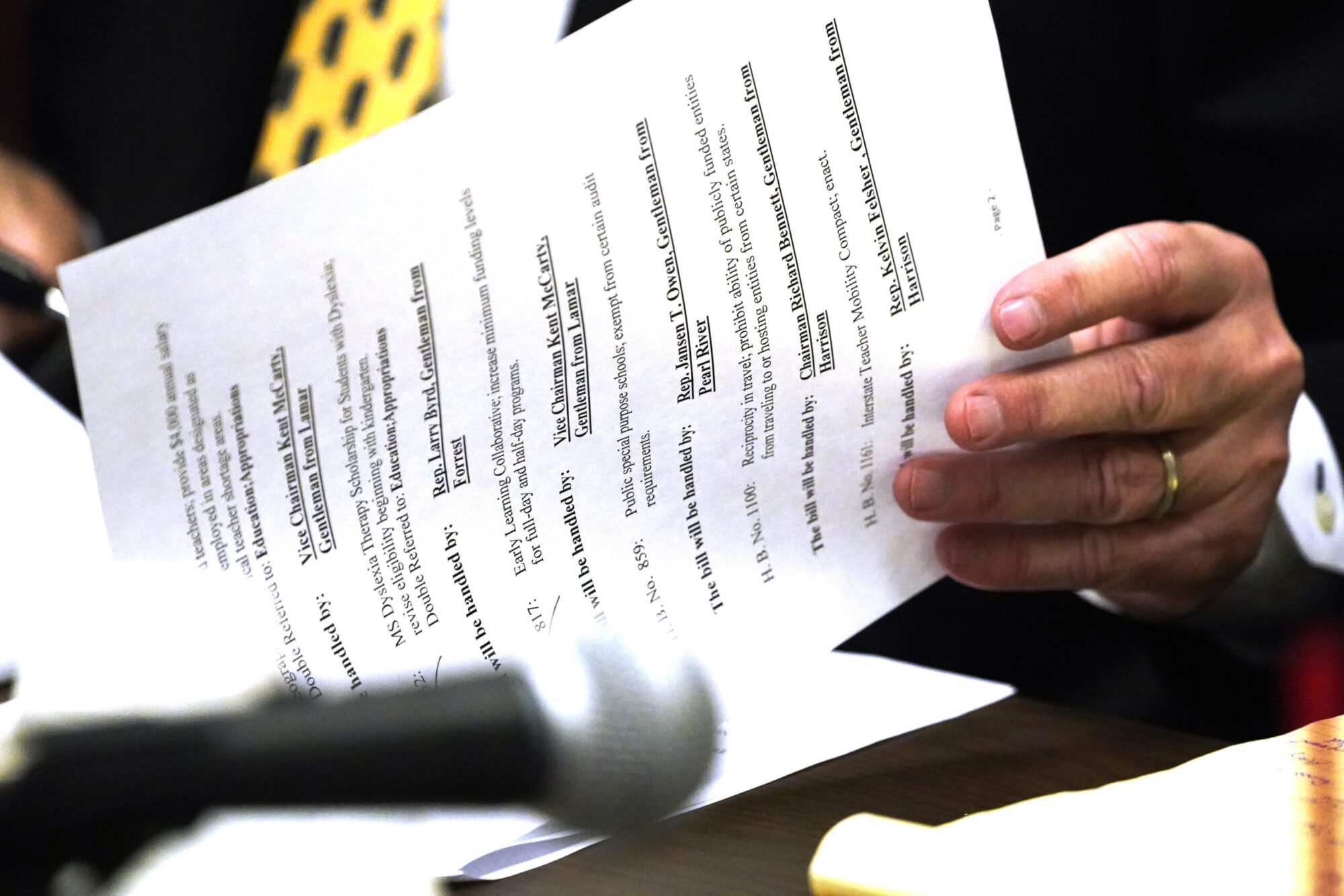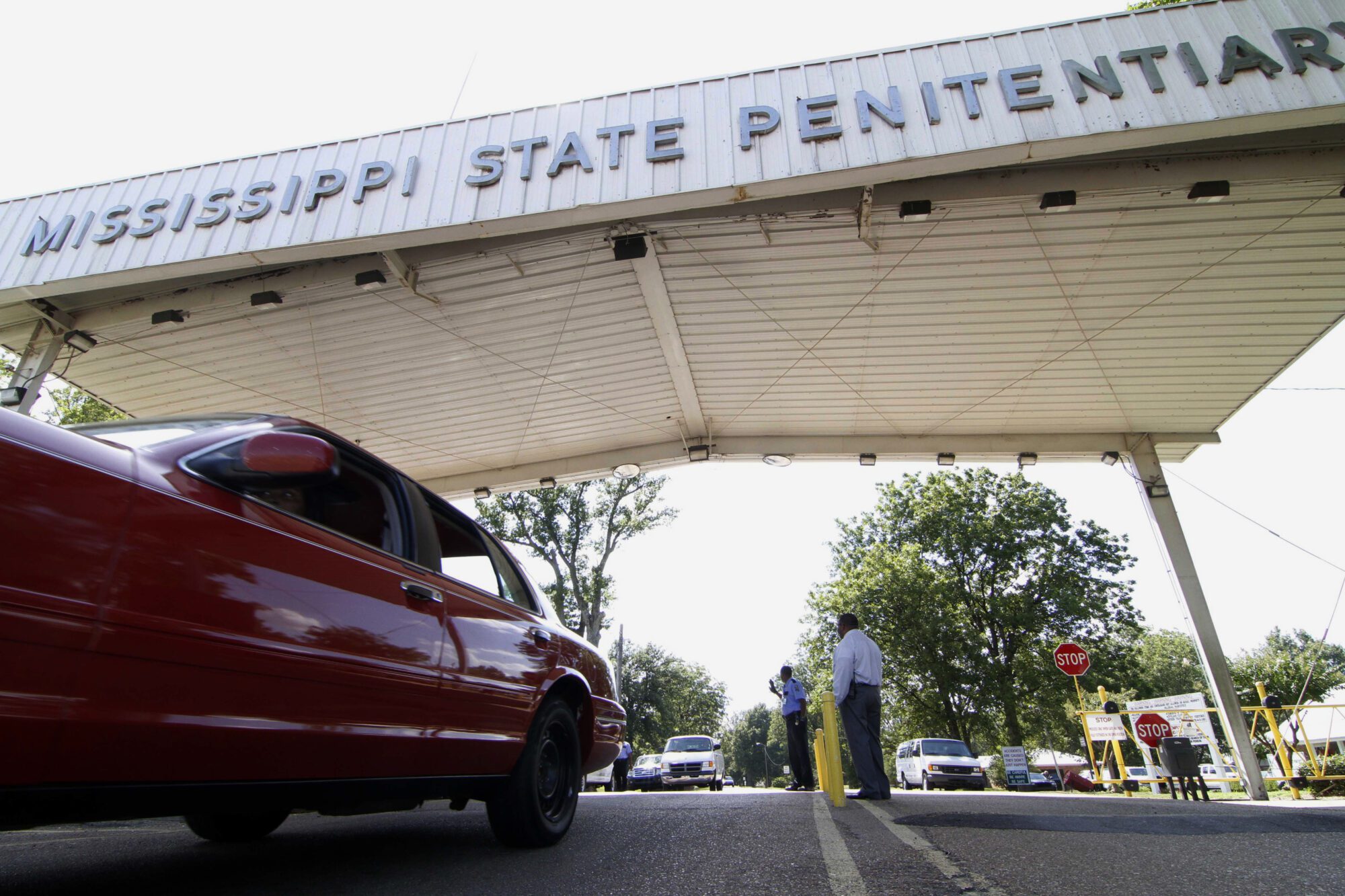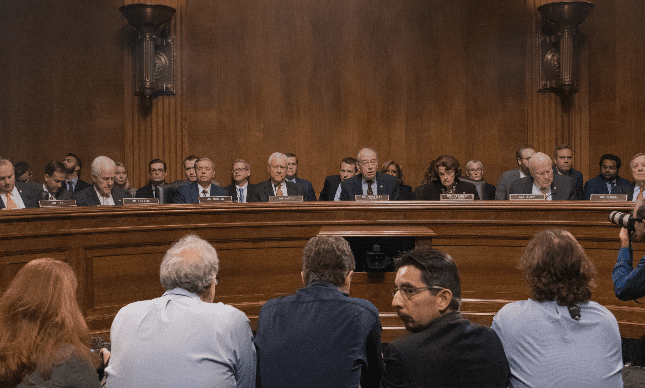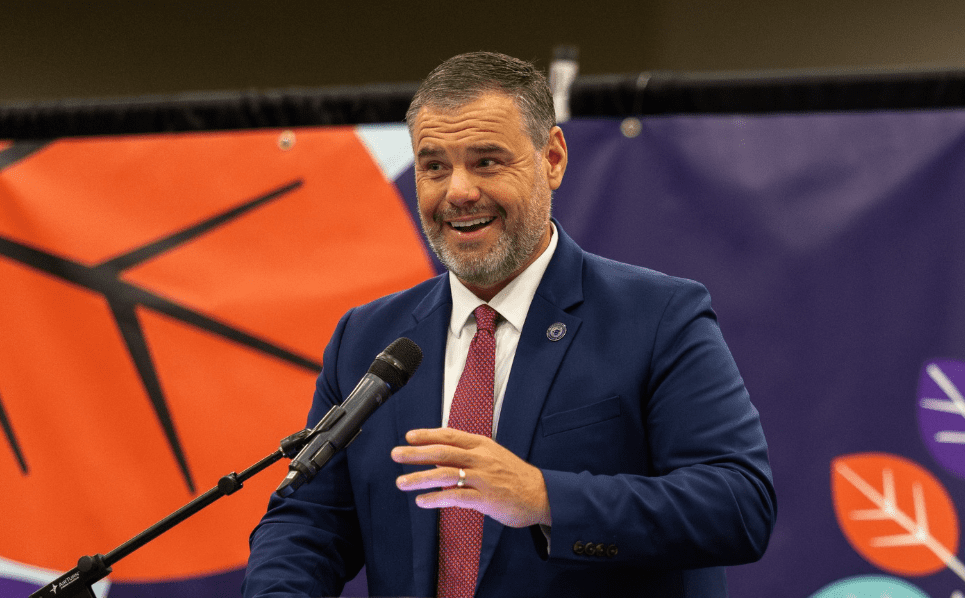
(AP Photo/Rogelio V. Solis - Copyright 2023 The Associated Press. All rights reserved.)
- Efforts to tweak or change the Mississippi Adequate Education Program have failed in the past. Could this year be different?
Talk of revamping, revising or ending the current K-12 school funding model that is the Mississippi Adequate Education Program, or MAEP, has permeated the state Capitol for well over 20 years, nearly since its passage in 1997.
Attempts to amend or change the formula have failed in the past even as lobbyists and political organizations have chided lawmakers for “underfunding” schools despite the Magnolia State making historic investments both in the classroom and in raising teacher pay.
Yet, the routine annual refrain has continued, as those who zealously back MAEP, often without consideration of other state budget lines, call for “fully funding education.”
That could change this session if Mississippi House Education Chairman Rob Roberson (R) has his way.
Roberson has filed the Investing in the Needs of Students to Prioritize, Impact and Reform Education (INSPIRE) Act of 2024, or HB 1453, which would change how the state’s K-12 education system is funded, replacing MAEP.
“The new funding formula is called the INSPIRE Act. We in the House are committed to individual funding and making certain that the dollars attached to each child is used for that child,” State Rep. Roberson said. “Nothing is more important than to make certain our children are taken care of regardless of whether that child is a child with disabilities or lives in a rural district with limited opportunity. It’s our job as a state and as a community to back parents to have the best opportunity for our children. In my opinion this bill gives us that opportunity.”
Speaker Jason White (R) has expressed the desire to see the funding formula change. There is no doubt that Roberson would not have filed this legislation without White’s support.
Chairman Roberson said the INSPIRE Act formula starts with a base amount of $6,650 per student, an increase from the previous version of the bill’s $6,600, and then applies weighted percentages for specific metrics. A weight of 30% is applied for low-income students and 20% for students who are learning English as a second language.
There are three tiers for students with special needs, which are dependent on how much additional help a student needs, Roberson said. The special needs tiers listed in the bill start with a student who is diagnosed with a learning disability. Those students will receive a weight of 60%. Students diagnosed with autism, hearing problems, emotional disabilities and an intellectual disability will be weighted at 125%. Students with visual impairments, who are deaf-blind, who have multiple disabilities or suffered a traumatic brain injury will be weighted at 170%. Students with multiple diagnoses will be weighted in the highest tier that applies. A review of disability weights will be conducted no later than January 1, 2026, and will be conducted again each year thereafter.
Other weights include a 5% weight of the total average daily student attendance for providing gifted education classes and a 10% weight will be applied for students enrolled in a Career and Technical Education (CTE) course. Students enrolled in more than one CTE course are only weighted once. The gifted education weight does not take into account how many students in a school or district have been identified as gifted.
There is also a sparsity weight for districts with less than 8 students per square mile.
“To calculate the sparsity weight, the State Department of Education shall find the difference between the number of students per square mile in that district or charter school and a sparsity threshold of eight (8) students per square mile, and then shall divide the resulting figure by one hundred percent (100%) to create a percentage: for example, if the number of students per square mile in a district is three (3), the difference is five (5) (eight (8) minus three (3)), and the sparsity weight is five percent (5%),” the bill states.
Average daily attendance still plays a part in the proposed funding formula, and the school districts will submit data reflecting the number of specific student populations and the aggregate number of students enrolled when calculations are made. Students will still be required to attend at least 60 percent of a school day to be counted as part of the average daily attendance.
By January 1, 2027, the State Board of Education would be required to submit a report to the Legislature created by the State Superintendent of Education that reviews the formula and student base amount. The report will include revision recommendations based on the effects of inflation, studies concerning the actual cost to educate a student in the state, education finance research findings, and public comment.
Each year before February 1, county tax assessors will be required to file a report outlining the local contribution, or ad valorem tax, each school district will receive. The local contribution cannot exceed 27 percent of the total projected formula cost as determined by the INSPIRE Act. Funding from INSPIRE Act cannot be less than the district received in fiscal year 2024, and funding for fiscal years 2026 and 2027 cannot be less than 97 percent or more than 103 percent of the amount received by that district the fiscal year prior.
House Education Chairman Roberson said a method to determine if a district may need to be consolidated was also added.
The bill states prior to December 1, 2028, a taskforce will determine if school districts rated F or those that qualified for one of the hold harmless provisions for three years would benefit from consolidation, or “legislative action to increase financial stability, operational efficiency, or educational quality…”
Roberson said this provision focuses on low performing districts or those that are “too small to carry on.”
The bill also moves the school attendance resource officers from under the state department of education under the purview of their respective school districts. Those officers will be tasked with ensuring attendance at charter schools within their respective districts. If adopted into law, those officers would receive a 25 percent pay increase on top of their current pay.
Should the new funding formula be passed by lawmakers and signed into law by Governor Tate Reeves (R), it would go into effect for the 2024-2025 school year.
However, it remains unclear if the new funding formula proposal will receive a favorable reception in the state Senate. Last year, tweaks to MAEP were proposed by Senate Education Chairman Dennis DeBar (R) but the House did not concur on the changes under then-Speaker Philip Gunn.











